APPROACH TO THE DENTAL PATIENT AGED DIABETIC
Universidad Federal, Curitiba, Paraná.
Ana Karina Marcondes
Jéssica Gazel
Carolina Covolan Malburg
Luciane Priscila Karsten
Advisor: Therezinha Pastre
Aging:
With the aging population have an increased prevalence of chronic and disabling diseases and a change in public health.
Diabetes Mellitus
Metabolic disorder.
Characterized by absolute or relative loss of insulin, resulting in high levels of blood glucose.
Physiological changes diminish the ability immune and inflammatory response in these patients.
Objective:
The purpose of this review is to show the approach to dental diabetic elderly patients
Data:
Estimated 177 million diabetics worldwide
Reaches 15 to 20 million Americans corresponds to 2-4% of the population
Estimated 17 million Brazilians with diabetes
Diabetes before 40 years of age, reduces life expectancy by 18 years for women and 12 years for men.
110 mg% normal rate of blood glucose
126 mg% minimum ratio for detection of diabetes
Types of Diabetes Mellitus:
Type 1, autoimmune and comprises 5% of cases, insulin-dependent diabetes mellitus (IDDM), most common in young people.
Type 2, non-autoimmune disease, comprising 85% of cases, diabetes mellitus non-insulin dependent (NIDDM) more common over 40 years of age.
Secondary Diabetes
Caused by another disease or condition
Consumption of alcoholic drinks
Hormonal diseases
Hyperthyroidism
Medication administration.
Role of insulin:
It is a hormone produced by the pancreas, a gland located behind the stomach.
Whenever you eat something, much of this food turns to glucose.
Serve as the energy that fuels our body for daily activities.
It is insulin that causes the sugar leave the bloodstream and into our cells, lowering blood glucose level.
Glucose Values:
In fasting
normal: <115 mg / dl
changed: between 116 and 139 mg / dl
Diabetes:> 140 mg / dl.
NOTE: After 50 years, blood glucose may be increased by 10 mg / dl per decade
Diabetes Symptoms:
Polydipsia (excessive thirst)
Polyuria (excessive secretion of urine)
Nocturia (nighttime urination greater than during the day)
Polifalgia (excessive hunger)
Vulvar itching
Visual disturbances (haze)
Lower limb pain
Asthenia (weakness organic weakness)
Weight loss.
Complications:
Cardiovascular instability, dehydration, mental status changes, coma, death.
Alteration of gastrointestinal motility, postural hypotension, impotence, and poly mononeuropathies sensory-motor peripheral sensory loss important.
Renal disorders, visual and skin.
Increased risk of skin infections, urinary tract and oral
Impaired wound healing.
Approach dentistry:
Early care and preventive usual: blood pressure should be measured, analysis of blood glucose levels, diet, and hygiene.
ALWAYS enter into contact with the patient’s physician to make sure he is compensated.
Patients rewarded:
Normal procedures
Adrenaline can increase the level of glucose
We can use: lidocaine, mepivacaine and articaine with epinephrine (maximum of 3 vials per session).
Patients who are not compensated:
Medical evaluation
If possible wait until the patient is compensated
Use anesthetic without vasoconstrictor.
EMERGENCY DENTAL:
Patient uncompensated recommended local anesthetic associated Felypressin (Octapressin) or 1:200,000 epinephrine.
Anesthetics with epinephrine in diabetic patients there are always risks of increasing your blood glucose and medical complications.
Prophylactic medication:
One should follow the doctor’s
Antibiotic therapy pre and post – operative
Preoperative: Amoxicillin 2g 1hour before
Postoperative: Amoxicillin 500mg 8 / 8 hours for 7 days
Oral Manifestations:
Related Infections
Inflammation
Breath
Poor healing of wounds
Xerostomia,
Glossodynia
Tongue-
Caries and periodontal diseases
Periodontal disease:
It manifests itself in a more aggravated
Large amount of periodontal abscesses
Diabetes aggravates and accentuates the periodontal disease and periodontal disease remains high glucose levels
Guidelines for patients:
Evaluation of the systemic condition by the doctor
Frequent oral examinations
Treatment and strict maintenance of periodontal disease
The frequency of visits to the dentist should be greater
Conclusion:
The diabetic patient requires a multidisciplinary attention and individualized service.
With normal glucose levels, care becomes routine, however, these patients need more control in relation to periodontal disease, root caries, gingival bleeding and attachment loss
The frequency of visits to the dentist should be higher.
Special Care:
Short consultations in mid-morning, tranquilizers or sedation, continue with the normal diet before treatment
If the query takes, stopping to snack (glass of juice)
If after treatment there is difficulty solid food, prescribe soft foods and liquids.
Use antibiotic prophylaxis in postoperative surgical patients.
Special care with periodontal diseases.
Do not use adrenergic vasoconstrictors.
Consult the doctor if you need to adjust your insulin dose for dental treatment.
APPROACH TO THE DENTAL PATIENT AGED DIABETIC
With the aging population have an increased prevalence of chronic and disabling diseases and a change in public health. The diseases in the elderly are generally not curable and, if untreated, tend to have complications and sequelae that impair the independence and autonomy of the patient (RAMOS, 2003). Diabetes Mellitus is a chronic disease characterized by absolute or relative loss of insulin, resulting in high levels of blood glucose (NEVILLE, 1995; SILVERMAN, 2004). It is estimated that there are 177 million diabetics worldwide and in Brazil, 17 million. (GEORG, 2005). Physiological changes diminish the ability immune and inflammatory response in these patients (CARBONI, REPPETTO, 2007). Principal oral manifestations in patients with diabetes are: dry mouth, glossodynia, burning tongue, erythema, swallowing disorders, caries and periodontal diseases (Sousa, 2003). The dentist should be alert to early and preventive care and contact with the patient’s physician to make sure that you are compensated (CARVALHO, 2000; RANALI, 2002). By caring for the elderly diabetic are responsible for your health as a whole, not just oral (Pinelli, et al., 2005). The objective of this review is to show the approach to dental diabetic elderly patients.
Keywords: Diabetes mellitus, Elderly health, dental care for chronically ill, geriatric dentistry
References:
1. Atualização brasileira sobre diabetes / Sociedade Brasileira de Diabetes. -Rio de Janeiro: Diagraphic, 2006, 140p. disponível em http://www.diabetes.org.br/ acesso em 14/09/2007.
2. CARVALHO, P.S. P.A.; História médica do paciente e a terapêutica medicamentosa. Terapêutica Medicamentosa. 1º ed. São Paulo: Opinion Makers, 2002.p.78.
3. CARBONI RM, REPPETTO MA.; Uma reflexão sobre a assistência à saúde do idoso no Brasil. Revista Eletrônica de Enfermagem [serial on line] 2007 Jan-Abr; 9(1): 251-260 http://www.fen.ufg.br/revista/v9/n1/v9n1a20.htm acesso em 20/09/2007.
4. GREGUI, S.L.A.et al. Relação entre Diabete Mellitus e Doença Periodontal. Ver. Assoc.Paul. Cir.Dent.,v.56,n.4,p.256-,jul./ago.2002.
5. Georg, A.E., et al. Análise econômica de programa para rastreamento de diabetes mellitus no Brasil, Rev.Saúde Pública, 2005;39(3):452-60. www.fsp.usp.br/rvp
6. Neville,B.W., Patologia Oral e Maxilofacial. 1a ed, ed.Guanabara Koogan , RJ. 1999.
7. Silverman,S, et al, Fundamentos de Medicina Oral, Rio de Janeiro: Guanabara Koogan, 2004, 84-92p.
8. Souza,C.H., Efeito do tratamento periodontal em diabéticos da região metropolitana de belém, Tese de mestrado em Periodontia pelo Centro de Pesquisas Odontológicas Sao Leopoldo Mandic / Campinas, jul 2006, disponível em:http://www.odontologia.com.br/artigos.asp?id=640&idesp=15&ler=s, acesso 14/09/2007
9. Ramos,L.R., Fatores determinantes do envelhecimento saudável em idosos residentes em centro urbano: Projeto Epidoso, São Paulo. cad. Saúde Pública, Rio de Janeiro, 19(3):793-798, mai-jun, 2003
10. Pinelli, L. A. P.;Montandon, A. A.B.;Boschi, A.;Fais, L.M.G.; Prevalência de doenças crônicas em pacientes geriátricos, Revista Odonto Ciência – Fac. Odonto/PUCRS, v. 20, n. 47, jan./mar. 2005


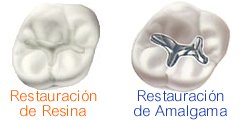

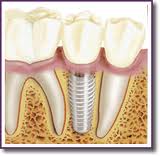
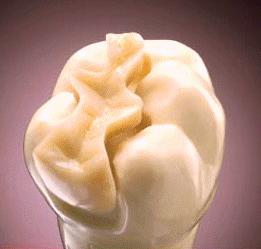
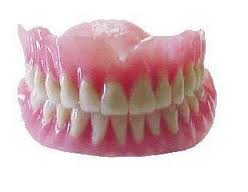
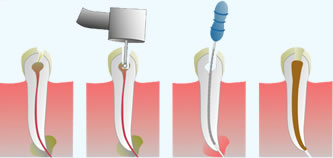
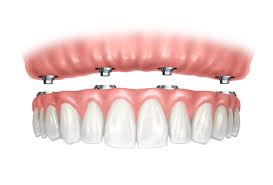
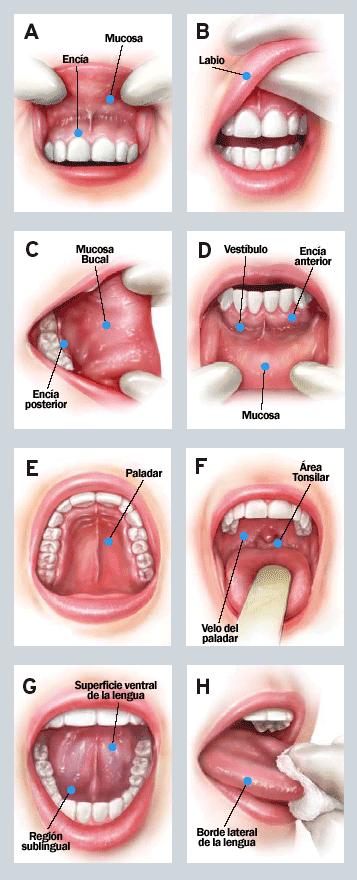
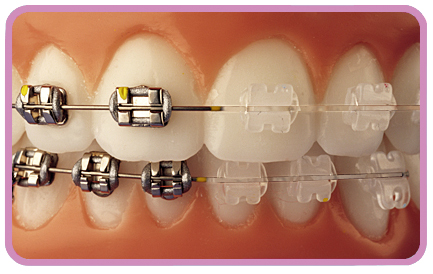
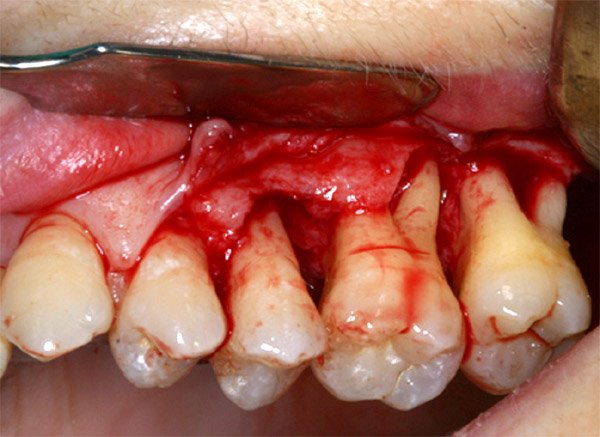
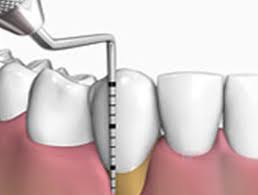
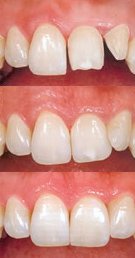
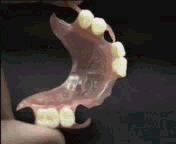
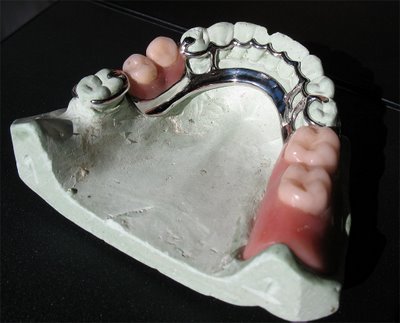
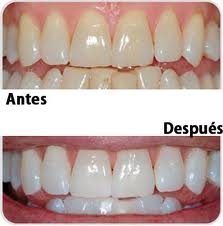
 English
English  Spanish
Spanish  Portuguese (Brazil)
Portuguese (Brazil) 